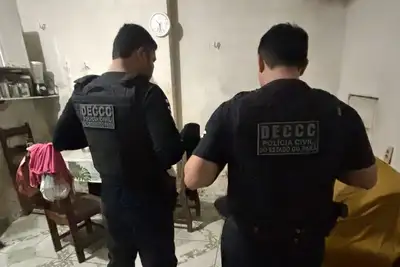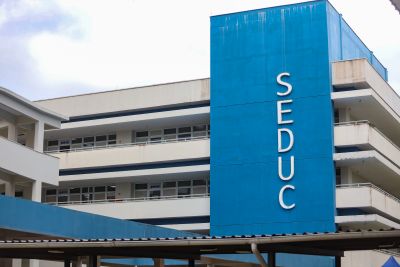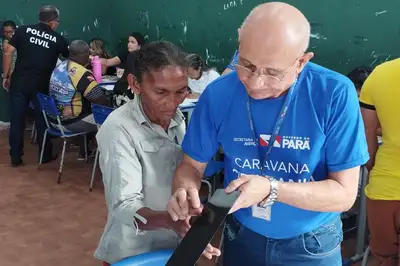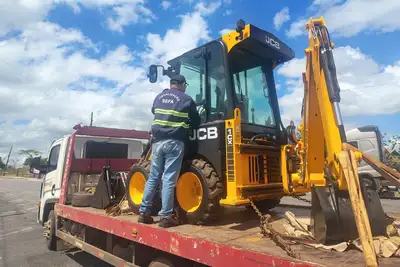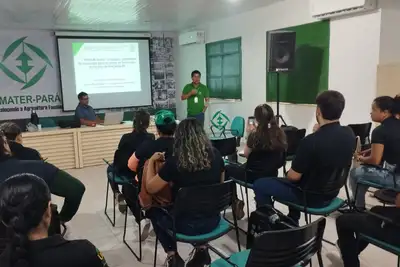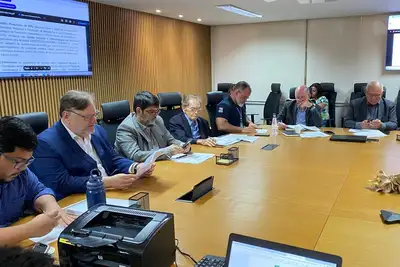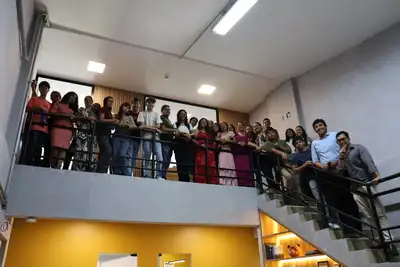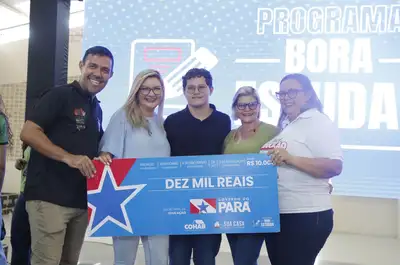State strengthens aquaculture in western Pará with the delivery of 400 thousand fingerlings and moves over R$ 15 million in the economy
Production from the Santa Rosa Station is expected to generate 720 tons of fish and benefit hundreds of families in the Lower Amazon region
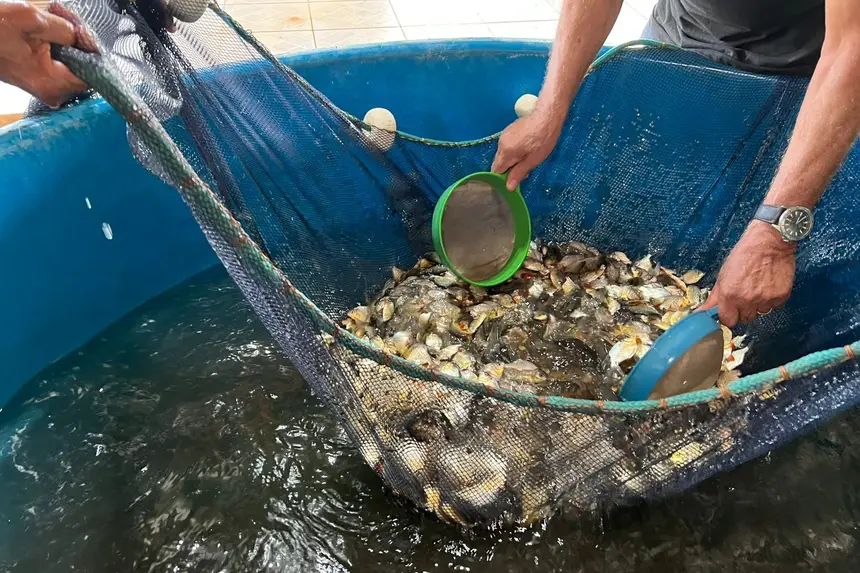
The Government of Pará, through the Secretary of Agricultural Development and Fisheries (Sedap), continues to invest in strengthening aquaculture throughout the state. In just the first months of 2025, the Santa Rosa Breeding and Fingerling Station, located in Santarém, produced and distributed about 400 thousand fingerlings of the tambaqui and tambatinga species to dozens of fish farmers in the western region of Pará.
The expectation is that this production will result, within a year, in the generation of approximately 720 tons of fish, moving around R$ 15.8 million in the local economy. This action directly contributes to job creation, income, and food security for thousands of families in the region.
According to Luiz Otávio Macedo, regional coordinator of Sedap in Santarém, even with expected natural losses, the impact is highly positive. "We consider a loss margin of up to 10%, but still, the productivity is significant. The price of fish today averages R$ 22 per kilo, and the trend is for this value to rise next year, which increases profitability for producers," he explains.
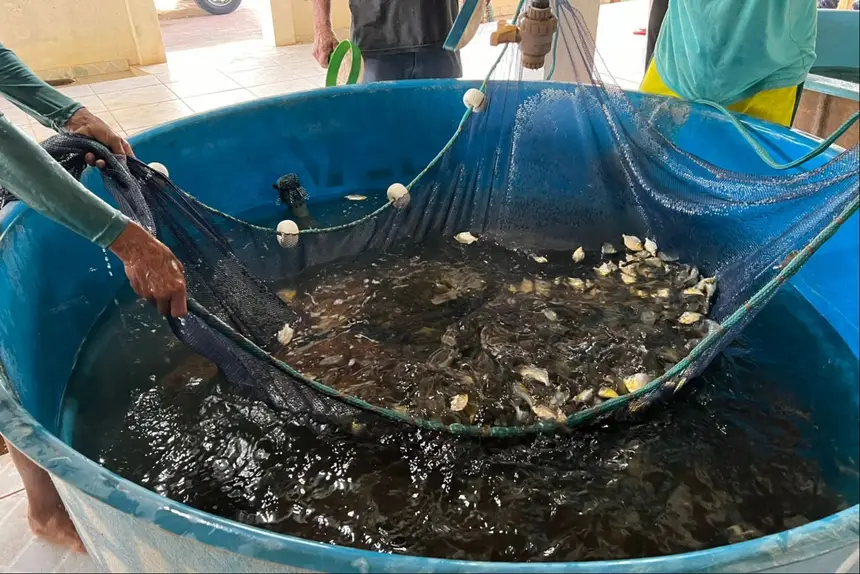
Reference in production
Reformed in 2019, the Santa Rosa Fish Farming Station has an installed capacity to produce up to 10 million fingerlings per year. Recognized as a technical reference in the region, the unit currently serves more than 100 registered fish farmers and offers specialized technical assistance. The guidance includes sanitary management, water quality, proper feeding, stocking density, and good practices for sustainable farming in captivity.
Last week, another delivery stage was carried out. Among the beneficiaries is fish farmer Luís Gonzaga, 73 years old, known as "Beco do Samambaia," from the community of Ponte Alta, in the Eixo Forte. He received 6 thousand fingerlings, although he has the capacity to raise up to 50 thousand.
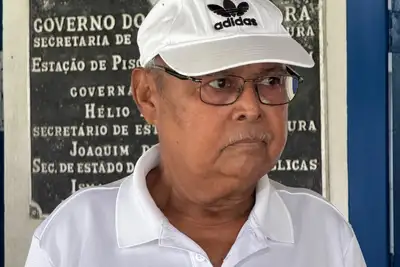
"I have been raising fish for 17 years and I know how difficult it is to manage everything alone. This help from the State Government is essential for us to continue producing. Here in the region, many people depend on fish farming to live. At the Easter Fish Fair, I sold 200 tambaquis in a single day. The market is strong and there is demand," says Mr. Beco, one of the local leaders in the sector.
Development with responsibility
The work of the Santa Rosa Station integrates the strategy of the State Government to promote sustainable production, respecting the environment, increasing the supply of fish, and valuing Pará producers.
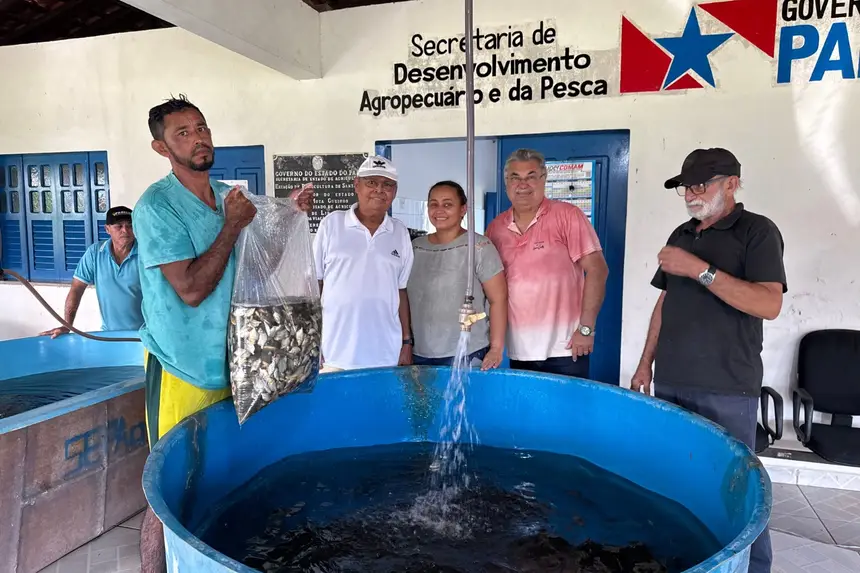
"These actions go beyond the simple delivery of fingerlings. They represent a commitment to the future of our population. We are talking about job creation, income in communities, and quality food on families' tables. Aquaculture is a strategic activity for the development of the Lower Amazon region, and the Government of Pará has acted with seriousness and planning," highlights Nélio Aguiar, regional secretary of Government of the Lower Amazon.
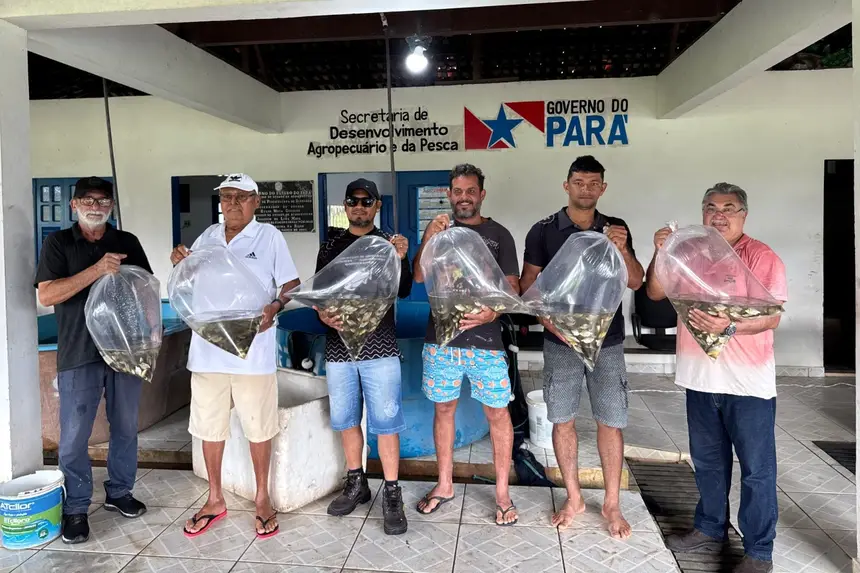
With technical and logistical support from the State, fish farmers have better conditions to expand their activities, professionalize their production systems, and meet the growing demand for fish both in Pará and in other regions of the country. The goal is clear: to transform Pará's aquaculture potential into sustainable wealth for the people of Pará.


